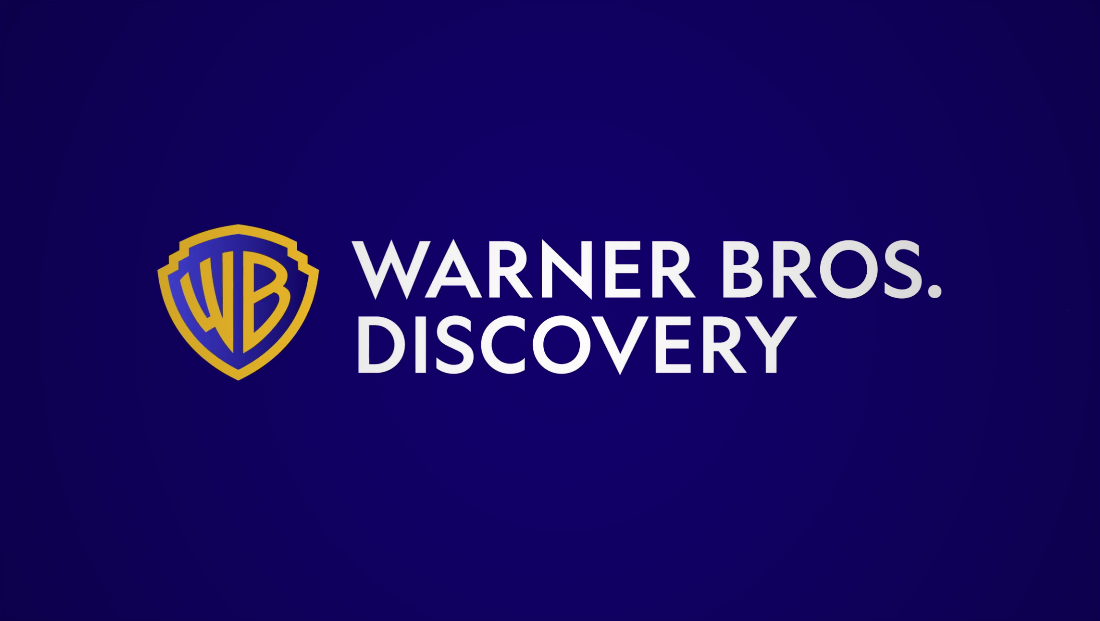Warner Bros. Discovery restructures into two distinct divisions

Subscribe to NCS for the latest news, project case studies and product announcements in broadcast technology, creative design and engineering delivered to your inbox.
Media giant Warner Bros. Discovery has announced an overhaul of its corporate structure that includes shifting from three distinct divisions to two that also includes clear delineation between its linear and streaming and studio operations.
The two new divisions, named Global Linear Networks and Streaming and Studios, have fairly straightforward names and have been billed as a way to bring “strategic flexibility” to the company, it announced Dec. 12, 2024.
“Since the combination that created Warner Bros. Discovery, we have transformed our business and improved our financial position while providing world class entertainment to global audiences,” said Warner Bros. Discovery president and CEO, David Zaslav, in a statement. “We continue to prioritize ensuring our Global Linear Networks business is well positioned to continue to drive free cash flow, while our Streaming & Studios business focuses on driving growth by telling the world’s most compelling stories. Our new corporate structure better aligns our organization and enhances our flexibility with potential future strategic opportunities across an evolving media landscape, help us build on our momentum and create opportunities as we evaluate all avenues to deliver significant shareholder value.”
The new structure is expected to be fully in place by mid-2025.
While its linear networks that include CNN, TNT, TBS and other names are not being completely spun off like Comcast is planning to do with most of its NBCUniversal cable networks, the new structure has already triggered buzz that WBD may pursue a formal spin-off down the road or pursue a way to combine with NBCU’s channels or other networks.
HBO, which is still offered as a linear network but is also tightly integrated into the Max streamer, will be part of the streaming side of operations.
Most media conglomerates are seeing declines in their linear TV businesses, which makes these brands less profitable. Streaming and production, however, continue to be strong in most cases.
In some ways, restructuring around legacy and digital platforms echoes the trend of the early 2000s when media companies were splitting their newspaper, television and digital properties up as the print business began its decline.
Subscribe to NCS for the latest news, project case studies and product announcements in broadcast technology, creative design and engineering delivered to your inbox.



tags
David Zaslav, HBO, max, OTT, streaming, Warner Bros. Discovery
categories
Broadcast Business News, Featured